Students with Disabilities in the Justice System: Educational Needs and Issues
Studies show that up to 85 percent of youth in juvenile detention facilities have disabilities that make them eligible for special education services, yet only 37 percent receive these services while in school. A disproportionate percentage of these detained youth are youth of color. These statistics should lead to the conclusion that many disabled youth in the juvenile justice and criminal justice systems are deprived of an appropriate education that could have changed their School-to-Prison Pipeline trajectory. The “School-to-Prison Pipeline” refers to policies and practices that push our nation’s schoolchildren, especially those most at risk, out of classrooms and into the juvenile and criminal justice systems. This pipeline reflects the prioritization of incarceration over education. Yet the benefits of special education are in question. Students with disabilities who receive special education services in school have poorer outcomes and are suspended and expelled more often than their peers without disabilities. This book provides recommendations that address both conscious and unconscious racial biases that combine with disability discrimination to contribute to the crisis.
{{comment.content}}
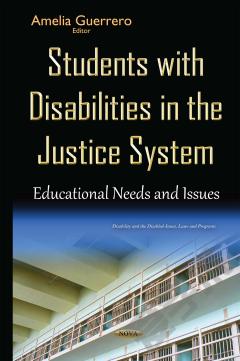
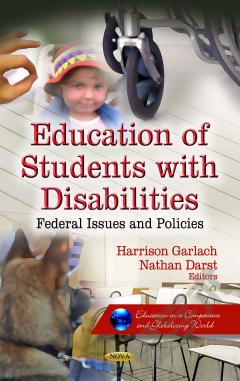
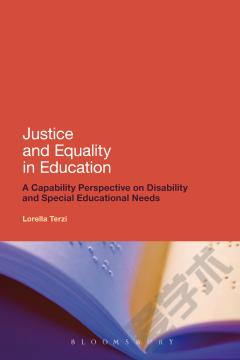

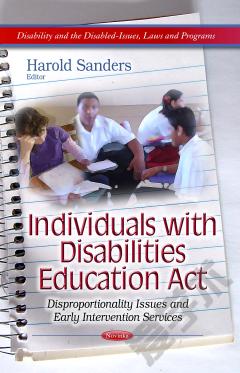
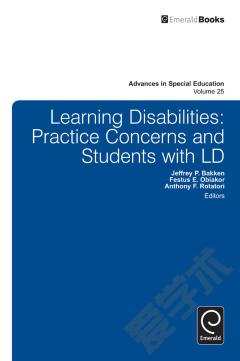


 京公网安备 11010802027623号
京公网安备 11010802027623号